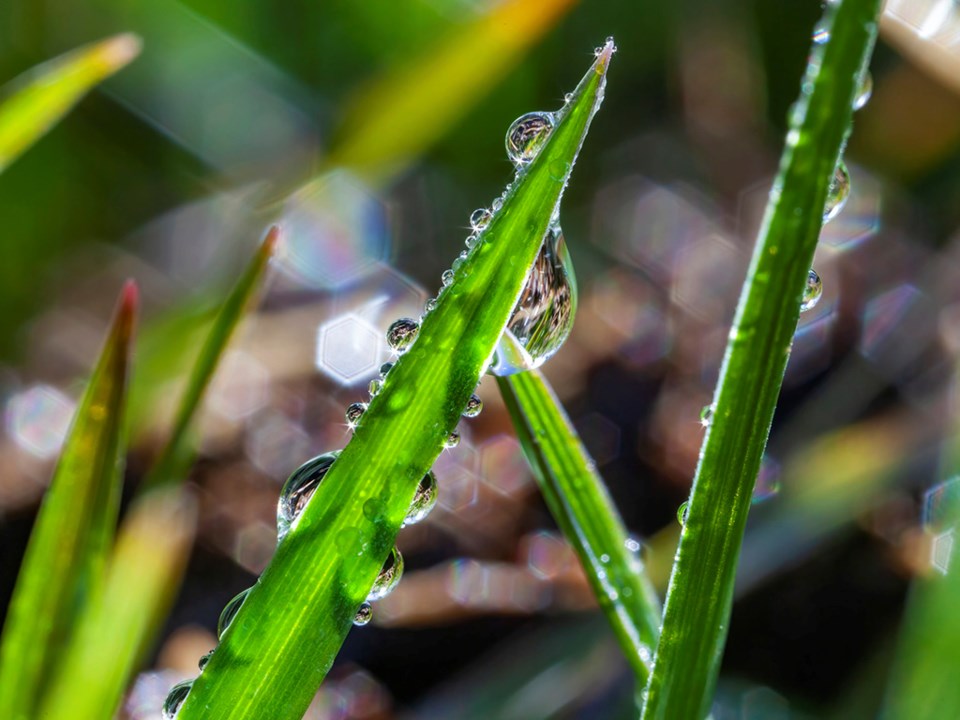ASSINIBOIA - Recent rains in the region will hopefully improve growing conditions and germination. Pasture and hay land in the region desperately needed the rain to help grass growth for grazing and hay yield, but a lot more rain is needed to fully rejuvenate them.
There were some very strong winds throughout the region that dried out topsoil and the crop damage from the wind is still 小蓝视频 assessed. The wind also hampered producers from 小蓝视频 able to spray for weeds and insects.
The region received anywhere from five mm to over 50 mm in the areas of high precipitation the hope is that the water will find its way into dugouts and other water reservoirs used by cattle. The Shaunavon area received 67 mm, the Big Beaver area 55 mm, the Hazenmore area 42 mm and the Limerick area 27 mm.
Topsoil moisture in the region improved slightly this past week due to much needed rains but in the areas that received little rain and experienced strong winds, soils have dried. Cropland topsoil moisture is rated as 75 per cent adequate and 25 per cent short. Hay and pasture land topsoil moisture is rated as 54 per cent adequate, 36 per cent short and ten per cent very short.
Most of the crops in the region have been growing slowly, especially in areas that did not receive enough rain this week and or earlier in the spring. Livestock producers are worried about grass growth on their pastures and hay land, as of right now the hay crop in the region does not look good.
Regionally, 80 per cent of the fall cereals, 68 per cent of the spring cereals, 63 per cent of the oilseed crops and 67 per cent of the pulse crops are at their normal stages of development for this time of year. Ten per cent of the fall cereals, 29 per cent of the spring cereals, 37 per cent of the oilseed crops and 32 per cent of the pulse crops are behind schedule in their development.
Farmers are busy spraying herbicides and insecticides when the weather is favourable, prepping haying equipment and assessing damage from frost, wind, hail and gophers.



